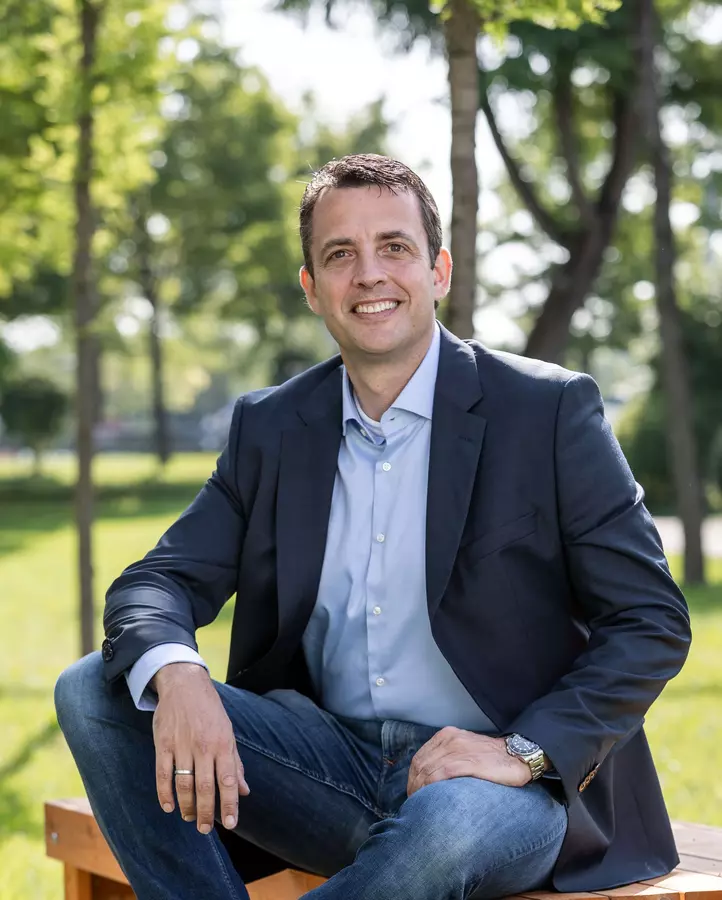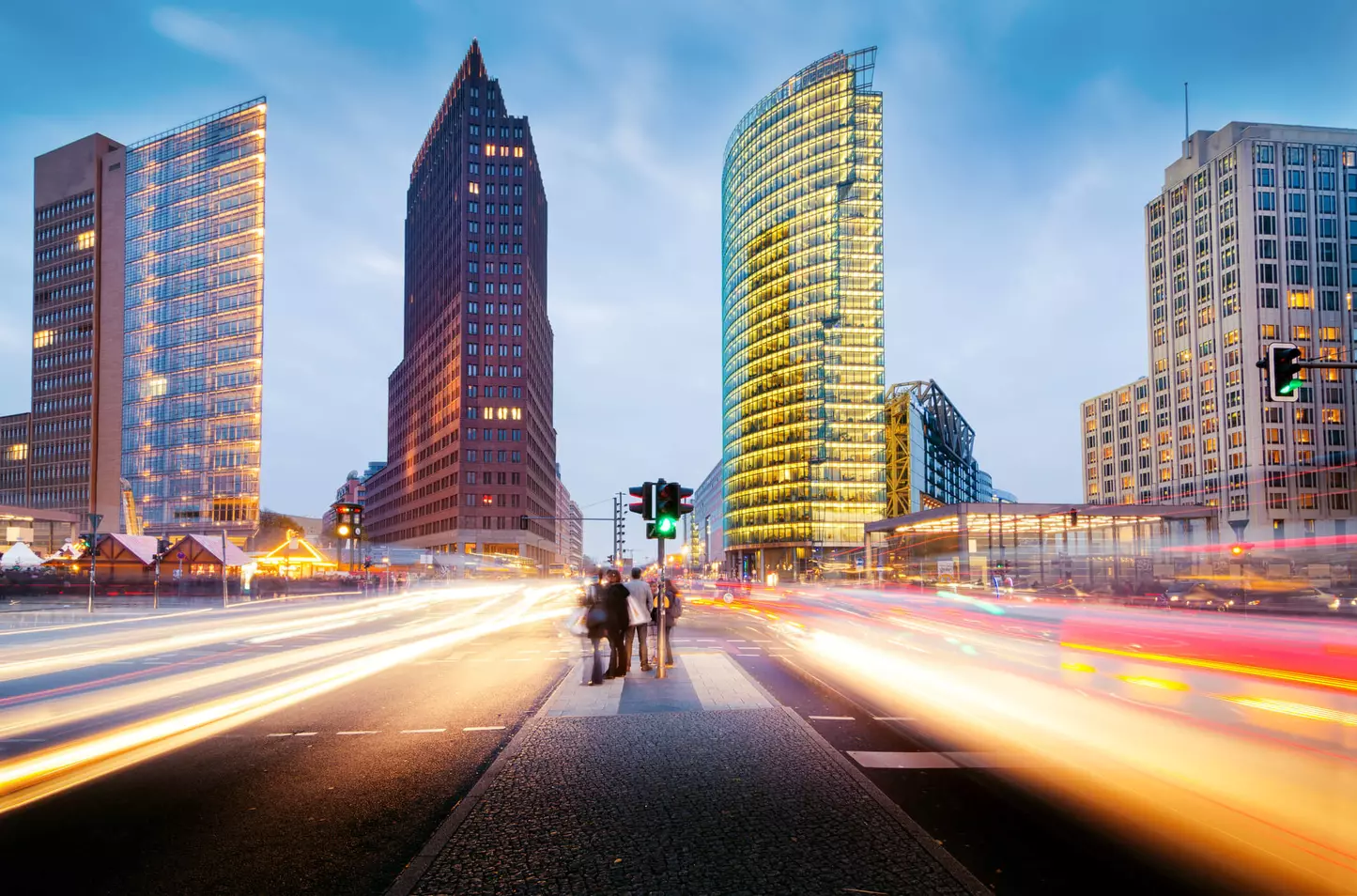The near future in mobility is envisaged all about self-driving vehicles in urban and out-of-town areas, and digitalised infrastructures to serve electric, connected and autonomous cars, trucks and public transport. Thus, when speaking about smart cities, mobility needs to plan an upgrade to a sustainable traffic management, which can be provided by Intelligent Transport Systems (ITS).
Improving the traffic flow has indeed a beneficial effect on air quality and on road safety, decongesting main roads and providing innovative services to improve the travel experience for end users. At the forefront of innovation, Yunex Traffic provides this kind of solutions, specializing in the development and supply of integrated hardware and software platforms.
With over 3,000 employees, the company already operates in more than 600 cities (including London, Dubai, Berlin, Bogotà and Miami), 40 countries and 4 continents (Europe, the Americas, Asia and Oceania). It has assembly plants and research and development centers in Europe and the USA.
Formerly operating as Siemens ITS, Yunex Traffic has been an independent company since 2021 and last July was acquired by Atlantia, a leading global player in the field of transport infrastructure concessions and advanced mobility services, with more than 23,000 employees worldwide. The sale was closed on the price offered of 950 million euro, after an international bidding process launched by Siemens.
Yunex Traffic is aiming at building its position as the global leader in adaptive traffic management systems, intelligent solutions for networking traffic and tolling systems and Infra Journal has reached out to Markus Schlitt (in the picture below, E.n,), who was confirmed in office as CEO to lead the company through this journey.

Mr. Schlitt, according to the EU Green Deal, transport-related greenhouse gas emissions are to be reduced by 90% by 2050. Looking at the state of the art in mobility infrastructures, will we be able to achieve this?
“If we continue like this, there is no way we will reach this goal - especially since the environmental impact of mobility will continue to rise. There are now 8 billion people on the planet, and by 2050 nearly 70% of us will be living and moving in cities. Our roads are already bursting at the seams and 99% of the people on our planet are already breathing air that exceeds WHO limits - so what will this look like in 2050?
However, if we roll up our sleeves and get to work now, I am convinced that we still have a chance to reach the EU Green Deal’s goal. From e-mobility to environmental traffic management, to green transportation: we can do so much for more sustainable mobility. And we must. Because to achieve this ambitious goal, we need to completely rethink mobility. We can no longer allow vehicles with combustion engines to pollute our air, clog the roads with cars, and treat public transport as a nice to have. We need to transform traffic from scratch”.
What measures do we need to take now?
“If we want to significantly reduce greenhouse gas emissions from the transport sector, we need structural changes in our mobility behavior. Instead of traveling alone in cars with internal combustion engines, we need to move together in more sustainable modes of transport. Public transportation must be prioritized. This way, they will become more attractive and can replace some of the individual traffic. There are various approaches to solving this problem. One possible steering factor is price. For example, if cities charge a fee for driving into the city center, then people will still have the option of driving, but the fee will certainly encourage many commuters to switch to public transportation.
In addition, we need to manage traffic for the benefit of the environment. Digital traffic systems can measure pollution levels in cities very accurately and thus provide an important basis for decisions on how to reduce traffic emissions.
We have already installed such environmental traffic management systems in over 12 cities in Germany alone, and the successes speak for themselves: A study by the German Federal Highway Research Institute (BASt) concluded that such systems are capable of reducing up to 22.4% of PM2.5 emissions, 7.1% of PM10 emissions, 17.3% of NO₂ emissions, and 15.2% of CO₂ emissions”.
How do you think the EU, US and China are operating on the basis of the Recovery plan, Build Back Better Act and Infrastructure plan to innovate their mobility tools and facilities?
“Funds like these give cities the opportunity to launch multifaceted programs to realize more sustainable mobility. In the EU, for example, there is widespread investment in electric mobility and related infrastructure, and in the U.S., numerous V2X projects are currently supported by public funding.
Such programs are doubtless elementary for the transition to a more sustainable mobility, as they not only ensure financing but also create additional incentives for cities to act. We are therefore in regular contact with our customers to advise, identify and exploit opportunities - for urban mobility and the environment”.
How can policy decisions and market needs properly relate, when it comes to digital and green transition in infrastructures and mobility?
“The key lies in collaboration. It is elementary that public institutions, private companies and citizens work hand in hand to identify the needs of the respective cities, communities and regions and develop individual solutions.
We ourselves follow this approach and have had good experience with public-private partnerships: For example, we are developing the new generation of adaptive traffic control together with Transport for London. The customer is actively involved in product development in every step of the project. The software is tested in real traffic in London, so that we can develop it further based on realistic conditions and target the right areas to optimize traffic in the city”.
What long term effects are expected to stay in our cities, after the Covid pandemic and the energy crisis on mobility patterns?
“When we saw significantly less commuting and travel because of the Covid pandemic, we saw a clear drop in greenhouse gas emissions. But by 2021, the levels were already going up again. So, there is no change to be expected in terms of mobility behavior or transportation use.
However, Covid and the energy crisis brought and continue to bring people around the world to question their actions and habits. At the same time, the threat of climate change is becoming more real and more tangible. For the green mobility revolution, this can be an opportunity: Because if we have to change our behavior anyway, why not do it for the better? And why not for the environment for the sake of future generations? This momentum must now be used to demonstrate the advantages and necessity of green mobility to citizens and decision-makers alike. And to actively initiate the change”.
What kind of ITS applications are most in demand, right now?
“These are clearly digital, intelligent traffic systems that enable smart traffic control with the help of state-of-the-art technology. Whether small or large municipalities, more and more transport operators are recognizing the added value of digitization and are harnessing it to solve their city's problems.
For example, we are seeing strong demand for our next-generation traffic management system Symphony which enables flexible, on-demand and environmentally sensitive traffic control, through to our smart intersection solutions that increase safety for all road users.
Connected vehicle solutions (V2X), like our Roadside-Units and Onboard-units, which enable bidirectional communication between vehicles and infrastructure and thus pave the way for autonomous driving, are also currently in high demand”.
And it is no surprise that in the current energy crisis, the demand for our 1-watt technology is also steadily increasing: the LED signal heads consume up to 90% less power than conventional signal heads”.
Everything is currently getting more expensive: how should cities finance the green transformation?
“I am convinced that cities will soon no longer be able to afford not to invest in green mobility. The environmental costs of transport will exceed the investments by far.
To finance green mobility, public institutions are currently launching numerous funding programs, cities can make use of. For example, the EU recently selected 100 cities as part of its Mission 100 to receive additional funding to become climate-neutral by 2030.
Cities must also remember that investing in green mobility pays off quickly: retrofitting traffic lights with our 1-watt technology, for example, can bring cities like Berlin seven-figure savings per year - not to mention immense energy savings”.
Green transport options are mainly available in big cities - but a large part of the people live in rural areas. How can these regions be sustainably transformed?
“Rural areas have different needs than urban areas and therefore require different solutions. For example, there is often no well-developed public transport network, so even if citizens wanted to, they could not manage without their cars. On-demand services could solve this problem by offering citizens a flexible and needs-based alternative to their own car without requiring immense investments from the municipalities.
Shared services could also be a good solution for mobility needs in rural areas - but for this to happen, providers need an incentive to make them available in less densely populated areas. This is where policymakers are needed to close the gap and offer incentives to shared mobility operators for offering services in supposedly less profitable areas”.
How does Yunex Traffic leverage data and technology to support a sustainable mobility transformation?
“Sustainable mobility can only be realized if we know where to start. And that's exactly where our technology comes in: With the help of intelligent sensors and detectors, we measure environmental data such as pollutants and emissions. This data is evaluated by our traffic management software so that traffic can be orchestrated to effectively reduce pollution.
Another example are Clean Air Zones, where our proven ANPR camera-based enforcement solutions discourage older, higher-polluting vehicles from entering specific, designated areas. Based on the results of existing zones, these positive interventions have contributed to significant and immediate improvements in air quality. In London’s original Ultra Low Emission Zone, for example, the scheme had contributed to a 44% reduction in roadside nitrogen dioxide and 44,100 fewer polluting vehicles being driven every day, saving around 12,300 tonnes of carbon dioxide (CO₂) emissions just after the first ten months of operation”.
In your view, what requirements must be met for the sustainable mobility turnaround to work?
“One of the most important requirements, in my opinion, is collaboration. Climate protection is a problem for all of us and concerns everyone. At the same time, it is such a huge challenge that we can only master it together. Cities, companies and citizens must therefore get together and look for solutions instead of working against each other. Our goal must be to move away from the ‘ego-system’ towards an “eco-system”.
At the same time, I believe tendering processes must be simplified. Tendering processes in Europe are too price/cost-driven. The process needs more differentiation in the decision-making criteria for public tenders. This makes innovation-driven awarding of contracts possible.
And last but not least, climate protection must finally become the top priority for all decision-makers in our industry. We must stop treating solutions to climate change as a side issue and instead actively push them forward. That's why early this year we joined forces with the leading players in the ITS industry in line with the World Economic Forum 2022 in Davos to call on decision-makers in the global economy to put the shift towards more sustainable mobility at the top of the agenda. This call has generated a lot of positive reactions. I very much hope that action will now follow. We are certainly ready to do our part”.
